Here in Madison, WI, our summers can be intense. It’s not just the rising temperatures that pose a risk to our pets—it’s the humidity, too. While a warm day might feel manageable to us, pets have fewer ways to regulate their body temperature, and a humid environment makes it even harder for them to cool down. At Animal Hospital at Hillshore, we want to help you understand the real dangers of heatstroke and dehydration, and more importantly, how to prevent them before they turn into an emergency.
Whether you’re heading to the lake, walking through your neighborhood, or simply enjoying time in your backyard, this guide is here to help you keep your pets safe, cool, and healthy all summer long.
Why Heat Is So Dangerous for Pets
Unlike humans, pets can’t sweat through most of their bodies. Dogs and cats rely mainly on panting and a small amount of sweat through their paw pads to release heat. This is far less effective—especially on hot, muggy days when the air is already heavy with moisture.
Some pets are particularly vulnerable:
- Short-nosed (brachycephalic) breeds like Bulldogs, Pugs, and Persian cats struggle to breathe efficiently, especially in humid weather.
Brachycephalic Research: Body Condition and Heat Regulation – Purina Pro Club - Overweight pets retain heat more easily and tire more quickly.
- Senior pets and those with underlying conditions, such as heart or lung disease, may be less able to cool themselves or bounce back from heat-related stress.
Recognizing the Warning Signs of Heatstroke and Dehydration
Heatstroke Symptoms
Heatstroke is a medical emergency. Early signs can be subtle but progress quickly:
- Initial signs may include heavy panting, drooling, and reluctance to move.
- As it worsens, you might notice vomiting, bright red or pale gums, rapid breathing, or confusion.
- In severe cases, pets may collapse, have seizures, or lose consciousness.
Too Hot to Handle: A Guide to Heatstroke in Pets
Dehydration Symptoms
Dehydration can creep in slowly—especially if your pet isn’t drinking enough or is losing fluids due to panting or illness:
- Look for dry, tacky gums, thick saliva, sunken eyes, or lethargy.
- Try the “skin tent test”—gently pinch the skin between your pet’s shoulders. If it doesn’t spring back quickly, your pet may be dehydrated.
Heatstroke Recovery: It Doesn’t End When the Temperature Drops
Many pet owners assume that once their pet cools down, the danger is over. Unfortunately, that’s not always the case.
Even after body temperature returns to normal, heatstroke can continue to cause internal damage. The kidneys, liver, and gastrointestinal tract are especially vulnerable. Some pets will develop clotting disorders or organ failure hours—even days—after the initial incident. This is why prompt veterinary care is critical. We can not only cool your pet safely, but also monitor for delayed complications.
How Can I Prevent Heatstroke in My Pet?
Essential Prevention Strategies
Keep Them Hydrated
- Always offer cool, fresh water indoors and outside.
- Add ice cubes to water bowls or try frozen treats like broth cubes or watermelon slices (seedless and in moderation).
- Pet-safe water fountains can also encourage more drinking.
Beat the Heat with Smart Timing
- Walk your dog early or late in the day, when pavement is cooler and the sun is less intense.
- Avoid midday walks, even if the temperature “doesn’t seem that bad.”
- Protect paws from hot surfaces—pavement can burn skin in seconds.
Walking on Sunshine: Protecting Your Pet’s Paws This Summer
Cool Comforts at Home
- Indoors, provide fans or access to air conditioning when possible.
- Use cooling mats, damp towels, or tile floors for relief.
- Outdoors, set up shaded areas or even a kiddie pool for splash-happy dogs.
Keeping Cool: Summer Boredom Busters for Pets
Never Leave Pets in Parked Cars
Even for “just a few minutes,” a parked car can become an oven. Temperatures inside can rise 20°F in 10 minutes—even with windows cracked. It’s one of the most dangerous (and preventable) risks pets face in summer.
Beyond the Basics: Heat Safety Tips for Pet Owners
Emergency First Aid for Heatstroke and Dehydration
If your pet is showing signs of heatstroke:
- Move them immediately to a shaded or air-conditioned space.
- Offer small sips of cool—not ice-cold—water.
- Apply cool, damp towels to their paws, belly, and armpits.
- Use a fan to help lower body temperature.
- Seek emergency veterinary care right away—don’t wait to see if they improve.
For dehydration:
- Encourage drinking and monitor closely.
- If your pet is vomiting, refuses to drink, or shows signs of lethargy, it’s time to get help.
- Severe cases may require IV fluids and hospitalization.
Practice Makes Prepared: Train for Emergencies Before They Happen
Many pets are shy about having their paws handled, their ears touched, or their mouths examined—and when they’re already hurt or overheated, that stress only increases. If the first time you try to look between your dog’s toes is when their foot is burned, it’s likely to end in fear, resistance, or even a bite.
Start early with gentle, positive training:
- Touch your pet’s paws, ears, and mouth regularly—reward calm behavior.
- Practice gentle restraint and holding still, just for a few seconds at a time.
- Introduce tools like towels, wraps, or muzzles in a non-threatening way.
- Invite trusted friends to gently examine them so they’re used to being handled by strangers.
These small steps can make a big difference—reducing the need for sedatives, lowering stress in emergencies, and even saving valuable time when seconds matter.
A Note for Outdoor Cat Owners
Cats who roam outdoors are also vulnerable to the heat—especially if they don’t have access to water or shelter.
- Provide shaded areas and multiple water sources.
- Keep them inside during extreme heat alerts.
- Watch for changes in appetite, behavior, or grooming, which may signal heat stress.
Cool Cats: Summer Safety Tips for Outdoor Cats
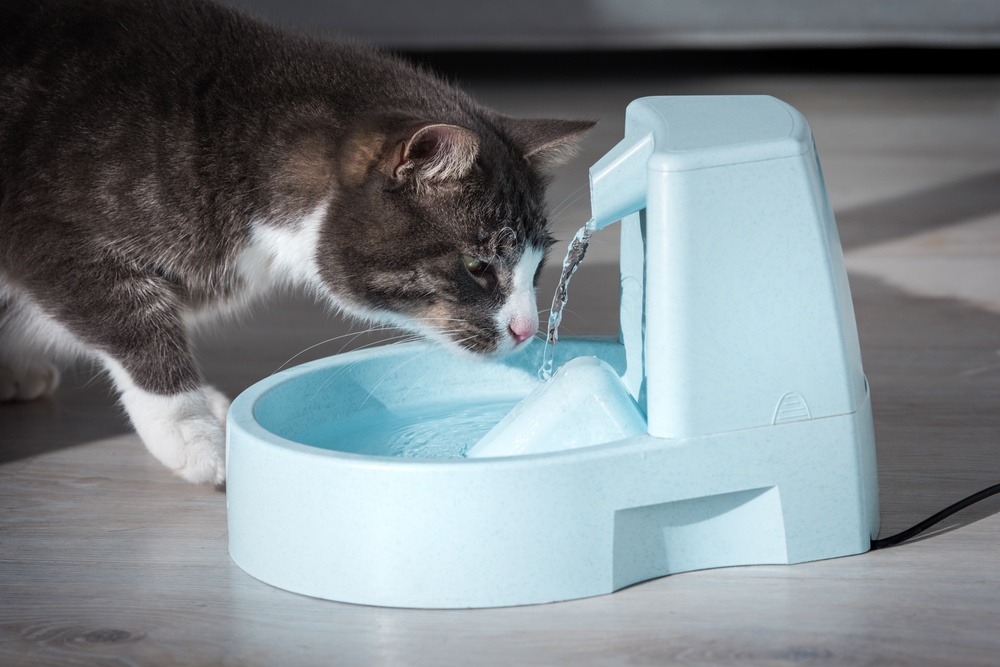
We’re Here to Help—All Summer Long
Summer in Madison should be full of backyard barbecues, lake walks, and sunshine—not emergency vet visits. With preparation, awareness, and a little creativity, you can help your pet stay safe and comfortable—even when the temperature climbs. At Animal Hospital at Hillshore, we offer:
- Emergency care for heatstroke and dehydration, including IV fluids and diagnostic support
- Wellness exams to assess summer-specific risks
- Nutritional counseling to support hydration and healthy weight
- Tailored summer safety plans for pets with higher heat sensitivity
To learn more or to schedule your pet’s next visit, contact Animal Hospital at Hillshore.

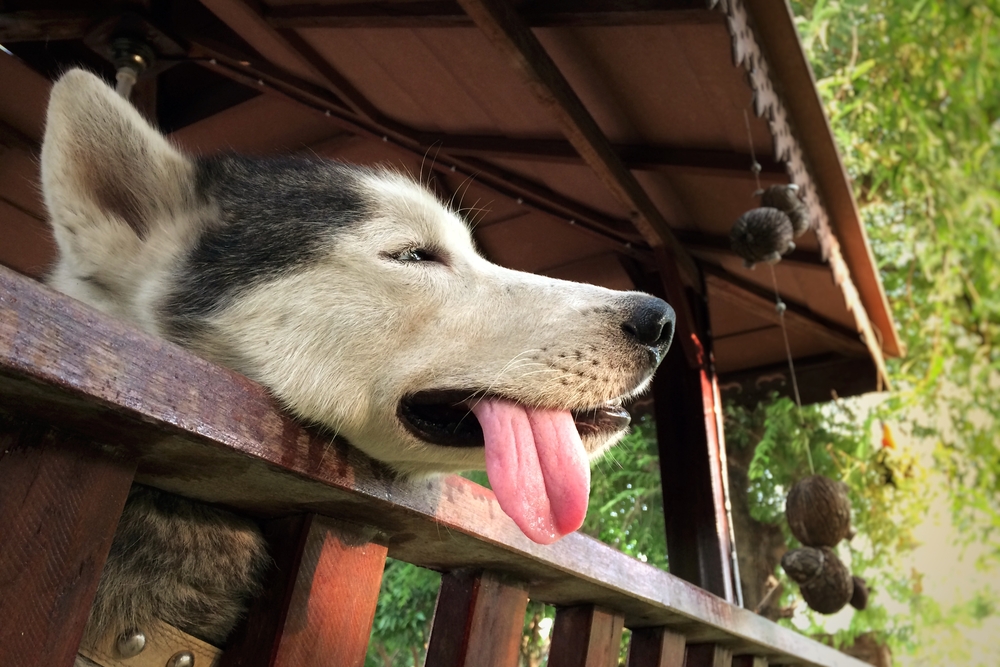
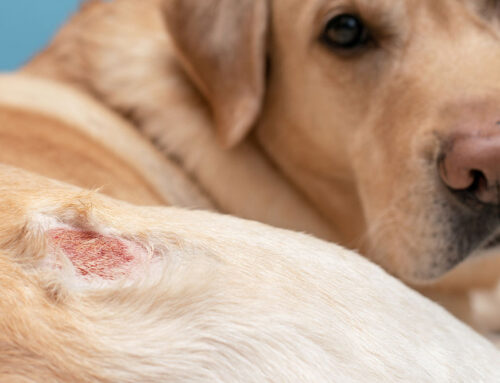
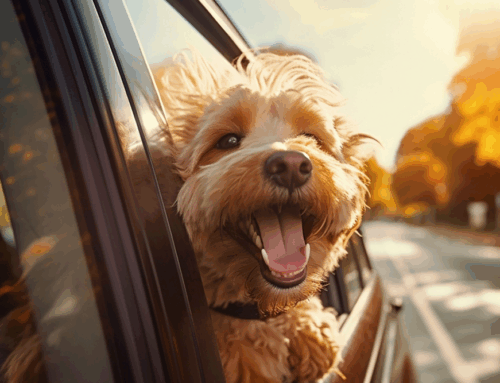
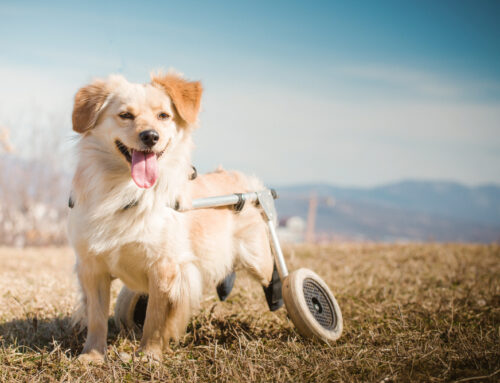

Leave A Comment